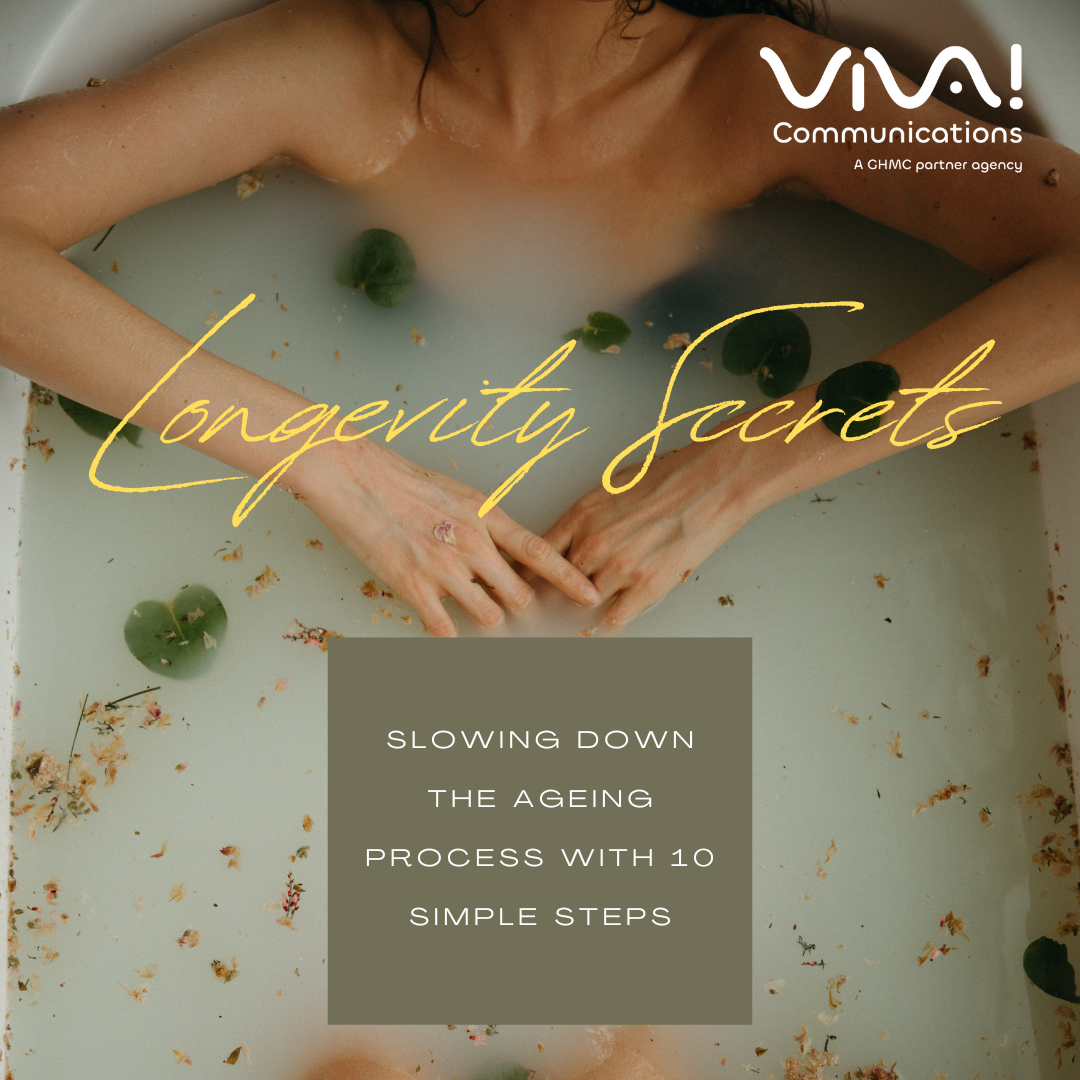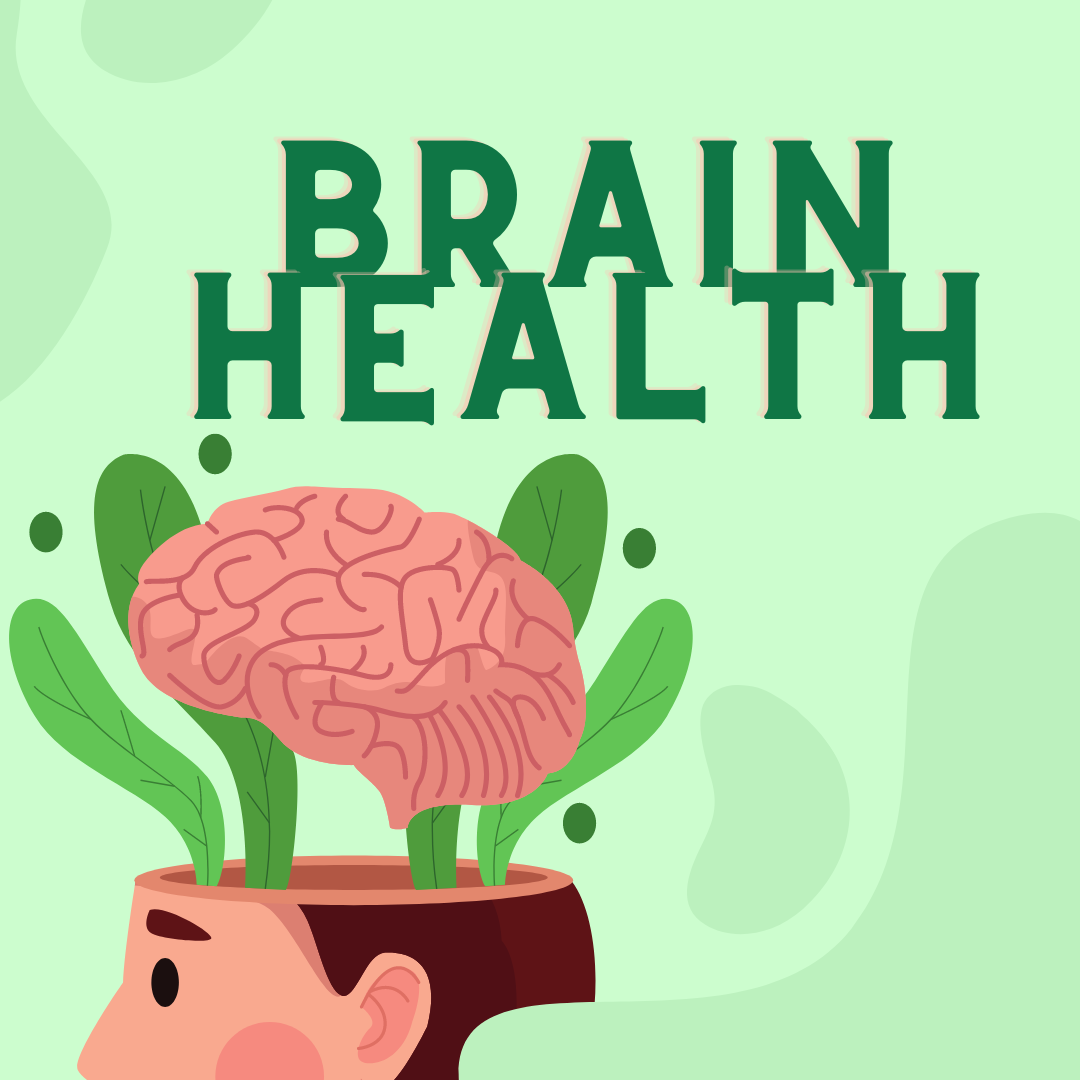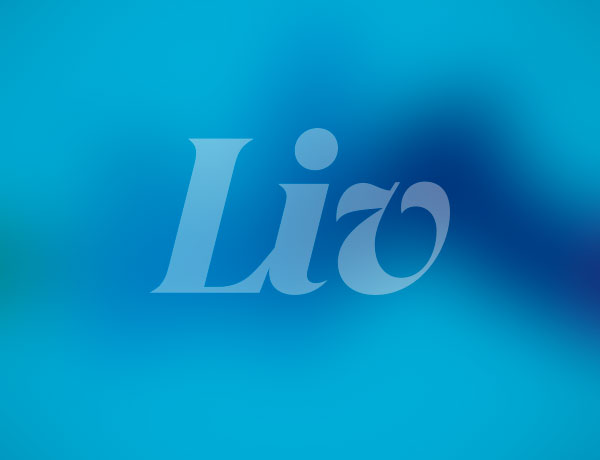Next-generation, personalised laser eye technology is now available at PersonalEYES, enabling more than seven million Australian adults living with myopia (shortsightedness) and astigmatism (eye imperfection), the opportunity to move beyond 20/20 vision, to achieve high-definition (HD) vision.
According to new Australian research published in the Journal of Cataract and Refractive Surgery, the novel, ray-tracing laser eye technology is set to improve the diagnosis, treatment and outcomes of people living with these common eye conditions.
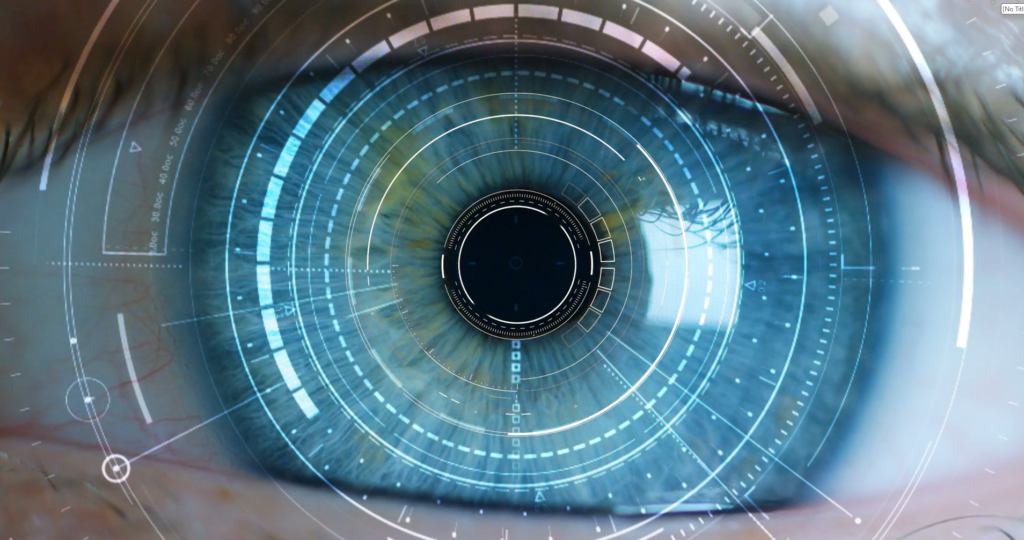
According to new research author, Ophthalmologist, and Director of PersonalEYES, Associate Professor Chandra Bala, Sydney, “for the first time, we are offering personalised laser eye correction treatment that employs NASA Hubble Space telescope eye tracking technology, allowing the laser to move faster than the eye, simultaneously detecting, and accommodating for any eye movements like never before.
In his research, A/Prof Bala – Australia’s very first to have performed the novel, diagnostic treatment (more than 1,000 ray-tracing laser eye procedures to date) – demonstrated that next-generation, ray-tracing laser eye technology enables eye surgeons to move beyond 20/20 vision, with 90 per cent of patients achieving 20/15 vision.
“This technology provides the most accurate method currently available for measuring and modelling the eye.
“Ten years ago, these calculations would have taken 24 hours, now they take just four minutes,” said A/Prof Bala.
Watch A/Prof Chandra Bala explaining the ray-tracing laser technology treatment here:
Clinician Scientist Ophthalmologist, Westmead Hospital, and Glaucoma Specialist, PersonalEYES, Clinical Associate Professor Andrew White, Canberra, maintains there is a broad community misconception that 20/20 vision is ‘perfect vision’.
“In order to go beyond 20/20 vision, treatment must be customised to the eye. This Australian-first, next-generation, ray-tracing laser eye technology is making this possible,” A/Prof White said.
Aspiring flight attendant, Maddie, 21, Sydney, lived with myopia in her right eye, and hyperopia in her left eye for more than a decade. Her poor eyesight compromised her ability to perform simple, everyday tasks, independently.
“Driving was a real challenge for me. I was constantly afraid of putting myself or others in danger because I couldn’t see clearly,” said Maddie.
Seeking an interim solution, Maddie visited an optometrist who prescribed her with glasses and contact lenses. However, they often caused her headaches, or made her eyes dry and irritated.
Eventually, Maddie underwent next-generation, ray-tracing laser eye technology treatment personally tailored to her eye conditions. Today, she can drive with confidence.
Watch Maddie, 21, Sydney reflecting on her more than decade-long struggle with poor eyesight here:
Accounting firm Managing Director, finance teacher, soccer player, and father-to-two, Chris, 42, Sydney, struggled with myopia and astigmatism for almost two decades.
“Whenever I played soccer, I would see the ball bouncing towards me, but couldn’t see the ball in the distance,” Chris said.
“I got glasses, which corrected my eyesight. But the novelty of glasses soon wore off.
“About a year later, I had to get contact lenses because I couldn’t wear glasses while playing soccer, and I didn’t like wearing glasses out to social events,” said Chris.
“I wanted the freedom to enjoy my outdoorsy, active lifestyle, without having to think about wearing my glasses or changing my contact lenses.”
Chris underwent the ray-tracing laser eye procedure that permanently changed the shape of his cornea, effectively correcting his myopia and astigmatism. He is now enjoying an outdoorsy, active lifestyle, free from glasses and contact lenses.
Watch Chris, 42, Sydney discussing how he wrestled with blurry vision for almost two decades here:
According to ‘people and culture’ Human Resources (HR) specialist, and yoga and pilates enthusiast, Jodie, 31, Sydney, undergoing a permanent, corrective eyecare treatment was life-changing. Today, she no longer relies on glasses and contact lenses to see.
“I started to wear my glasses during my pilates class because I couldn’t see my instructor. But they constantly slid off my face.
“Over time, my eyesight became progressively worse, and I found myself having to frequently buy new glasses, prescription sunglasses, and different strengths of contact lenses,” Jodie said.
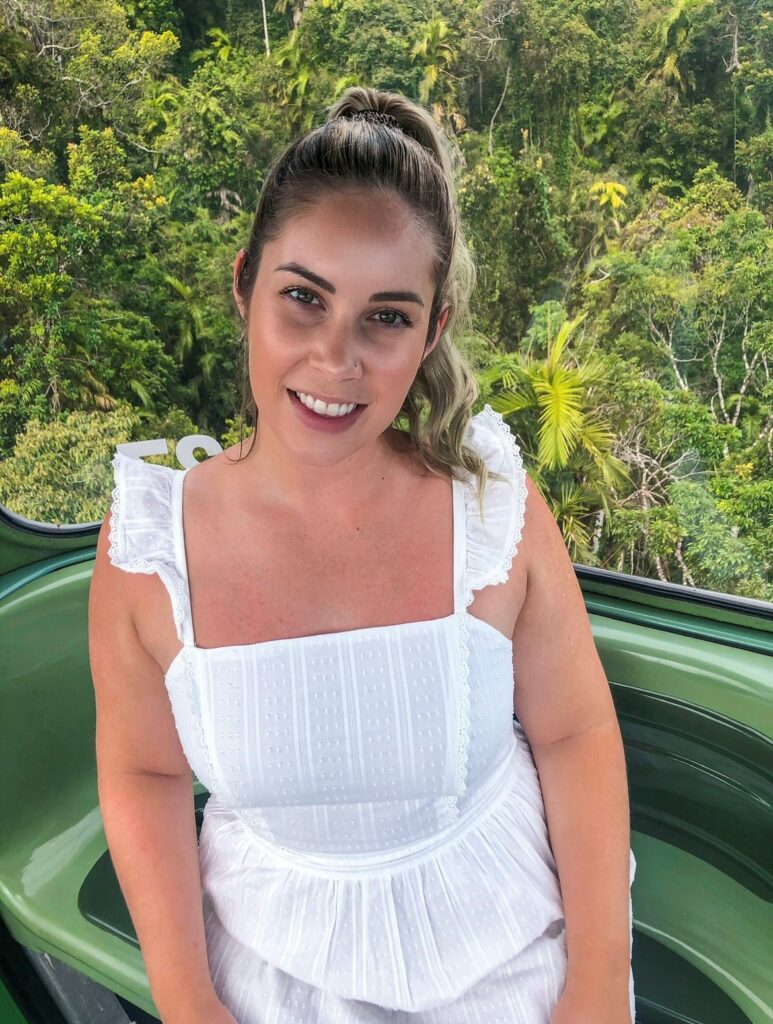
“When I went to Europe this year, I wore my contacts every day. But my eyes felt dry and irritated, and I dreaded taking them out. It was exhausting, and I didn’t want to go through that anymore.”
Today, Maddie, Chris and Jodie are urging other Australian adults living with common eye conditions, to visit an eyecare professional without delay, to undergo an eye health assessment, and find the most effective treatment option best tailored to them, and their lifestyle.
To determine whether you, or a loved one may be suitable for ray-tracing, laser eye technology, head to personaleyes.com.au.

